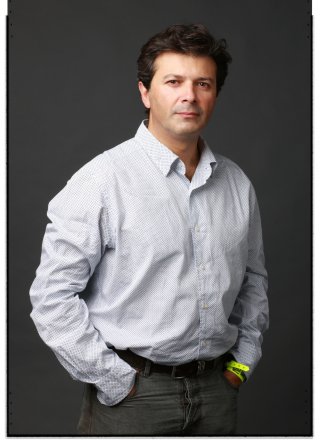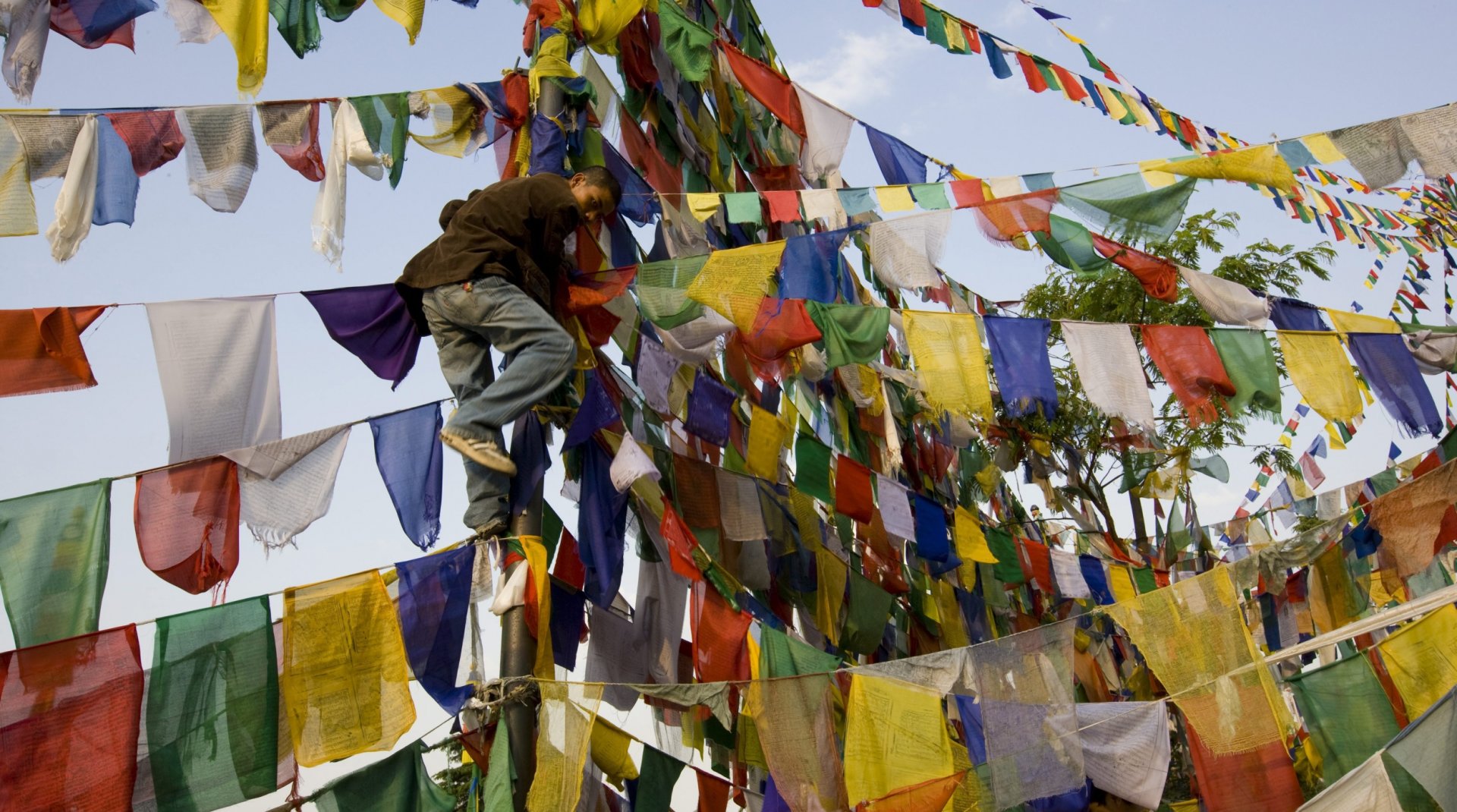
Freedom & Struggle in Exile
Patrick Robert
pour ELLE
Riots in Tibet in 2008 and the brutal repression by the Chinese authorities drew attention to a new generation of Tibetans.
In Dharamsala, the seat of the Dalai Lama’s government in exile, resistance is being organized by the younger generation of Tibetans who, while sincerely respecting their spiritual and political leader, the Dalai Lama, are more radical and determined than the previous generation; some have even started to question the policy of non-violence advocated by the government in exile. They were born outside Tibet, to parents who were refugees or had recently arrived in India after secretly crossing the Himalayas; and their weapons are determination and the Internet, which they use every day to weave their web of rebellion across the world.
Preview
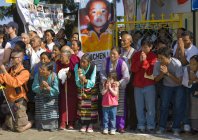
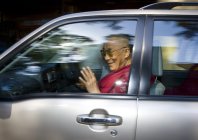
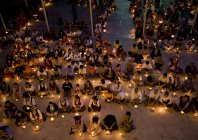
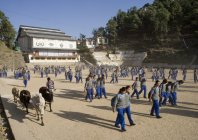

In Dharamsala, the hub for their campaign, young refugees can be seen arriving every day; some are only children, sent by their families still in Tibet. An entire infrastructure has been set up, with housing and educational facilities to help them acquire their identity after years of indoctrination under the Chinese regime. New arrivals are sent to “transit schools”, high schools or vocational education centers run by the Tibetan government in exile in India.
There is the “Tibetan Children’s Village”, with an orphanage and primary and secondary school, which was founded by the Dalai Lama’s mother; and the “Tibetan Institute of Performing Arts” established by the Dalai Lama to preserve traditional Tibetan performing arts from the threat of Chinese cultural hegemony in Tibet; and the Norbulingka Institute, set up by a French woman married to a Tibetan dignitary, and which helps protect and develop traditional art and craft that have been corrupted and debased ever since 1950 when Mao’s troops first invaded Tibet.
Political, cultural and spiritual resistance thrives in the temples of Dharamsala which could be described as “subsidiaries” of the historic monasteries in Tibet, 6000 of which were destroyed during the Cultural Revolution. In Tibet today, anyone who utters the name of the Dalai Lama, has a portrait of him, calls for the release of the Panchen Lama (abducted at the age of six in 1996), or intones any religious chants, would be found guilty of crimes against the state and could be sent to prison and even tortured. In the temples of Dharamsala – the temple of the 14th Dalai Lama, of the young Karmapa, or Geden Choeling with 160 nuns – the faithful can pray to Buddha and listen to the teachings of the Dalai Lama, enjoying precious, long-lost freedom.
The report covers the cheerful and enthusiastic younger generation – people who do not complain and are well aware of the price paid for the freedom they have. They dress in jeans or traditional costume, they drive motor scooters, speak Tibetan, Chinese, English and Hindi, surf on the Web, and listen to rock music, Bollywood pop and Tibetan opera. It is a fashion-conscious generation with a political conscience. They are clearly part of the modern world, while preserving the past they identify with so strongly, and all of them have the same aspiration: to return one day to that marvelous country, to their idealized country of Tibet.
Caroline Laurent for ELLE





